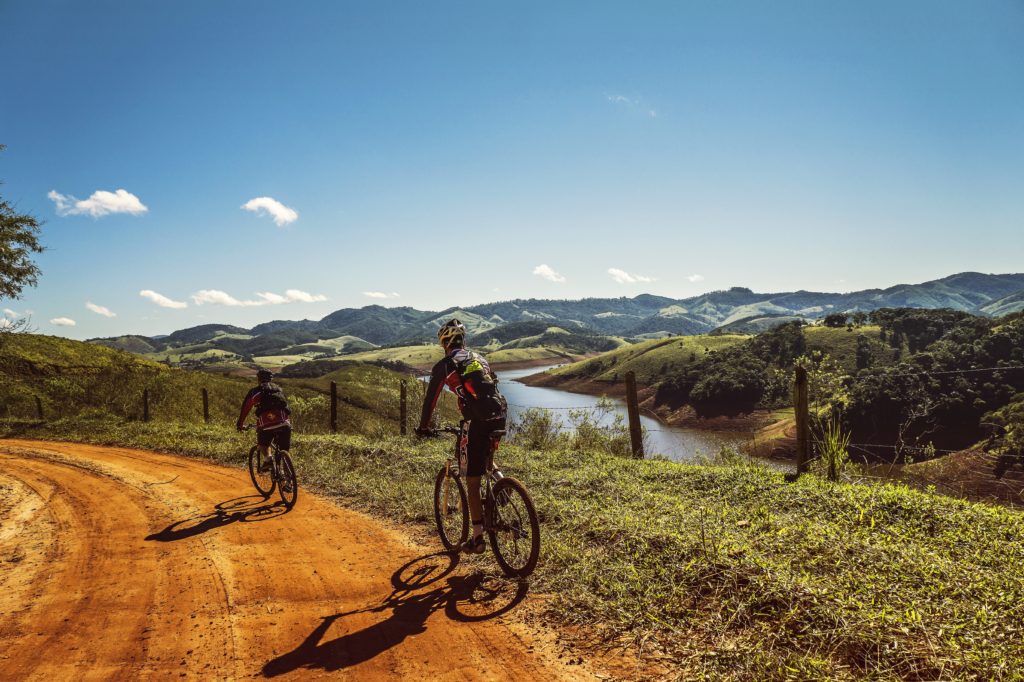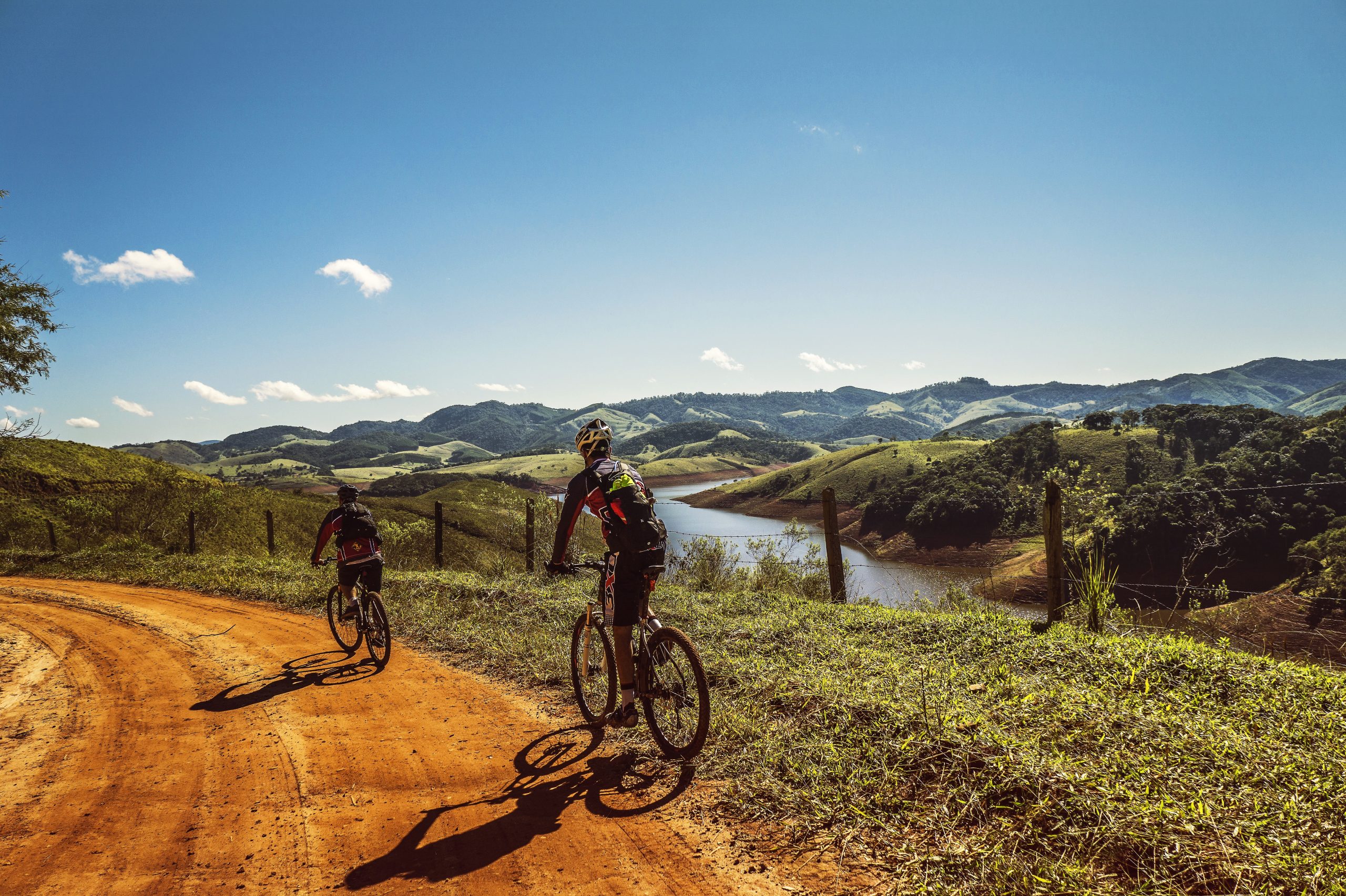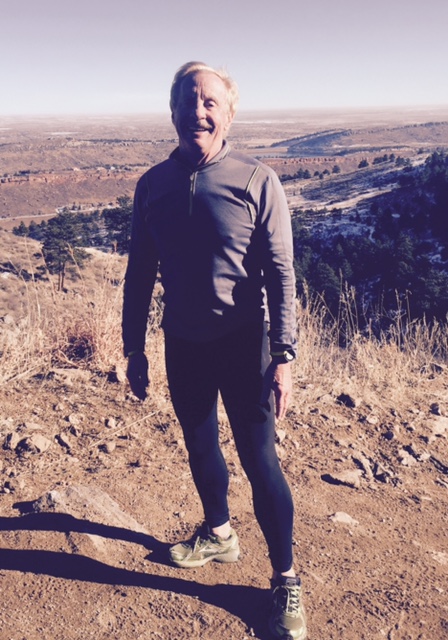
I am new to the triathlon arena and I have signed up for the Boulder Half Ironman this fall. I have been training through the winter but not as much as I had hoped. Now that the weather is getting nicer, I have really tried to ramp it up. Be careful as one may end up with a stress fracture.
I am finding training for the Half Ironman to be significantly different than the sprint triathlon training I have done previously. I am starting to experience those aches and pains of pushing my body to the limit. So here’s three of the most common injuries in athletes, how to avoid them, and what to do if you start to experience these symptoms.
1. Stress Fracture
Stress fractures are the most common and they are an overuse injury. The reality is that we often completely ignore our feet. We stuff them in shoes and forget about them, and it is not until they start hurting that we appreciate all that our feet do for us. There are 26 bones and 33 joints in the foot and they are made to take a beating every day. They adapt to different terrains and absorb most of the shock we place on them but if not optimally aligned, our feet can start to fail us.
Can you avoid getting a stress fracture?
With constant stress, the bones in the foot can begin to break down and that’s when a stress fracture develops. At first you might not think much about it, but soon the pain becomes overwhelming and will bring your training to a halt. We often do too much too fast and the musculoskeletal system takes time to adapt. So, to help avoid this injury, make sure you have a steady and gradual increase in your work out. Most programs focus on the cardiovascular aspect, but I would also recommend some type of stretching and strength training at least once a week as well.
Your body needs a day of rest, so make sure you take at least one day off every week and you can focus more of stretching and joint range of motion that day. If you are concerned at all about your foot type and whether your feet and ankles can handle the increased stress placed on them, make sure you get evaluated to see if a pair of arch supports can help to put your feet in that optimal position to potentially avoid a stress fracture or other related injuries from overuse.
What are the treatment options?
If you are dealing with a stress fracture, there is good news. We have great options to help speed up the recovery process and get you back to training. We offer regenerative therapies like platelet-rich plasma injections (PRP) and AmnioFix injections. Both help to enhance your own body’s healing of the area. We will often follow up these types of injections with our MLS laser therapy which promotes healing and reduces pain and swelling in the area.
Our goal is to heal the injury quickly, control the biomechanics of the foot to prevent stress fractures from returning, and get you back to doing the things that you love as quickly as possible.
Part 2 of this blog is out now.
If you have a stress fracture, or symptoms of a stress fracture, please come see us. We can help!
Call us today at our Fort Collins location (970) 329-8158, Broomfield location (303) 997-2795, Surgery Center (970) 329-8158, or use our online scheduling system to book your appointment.


